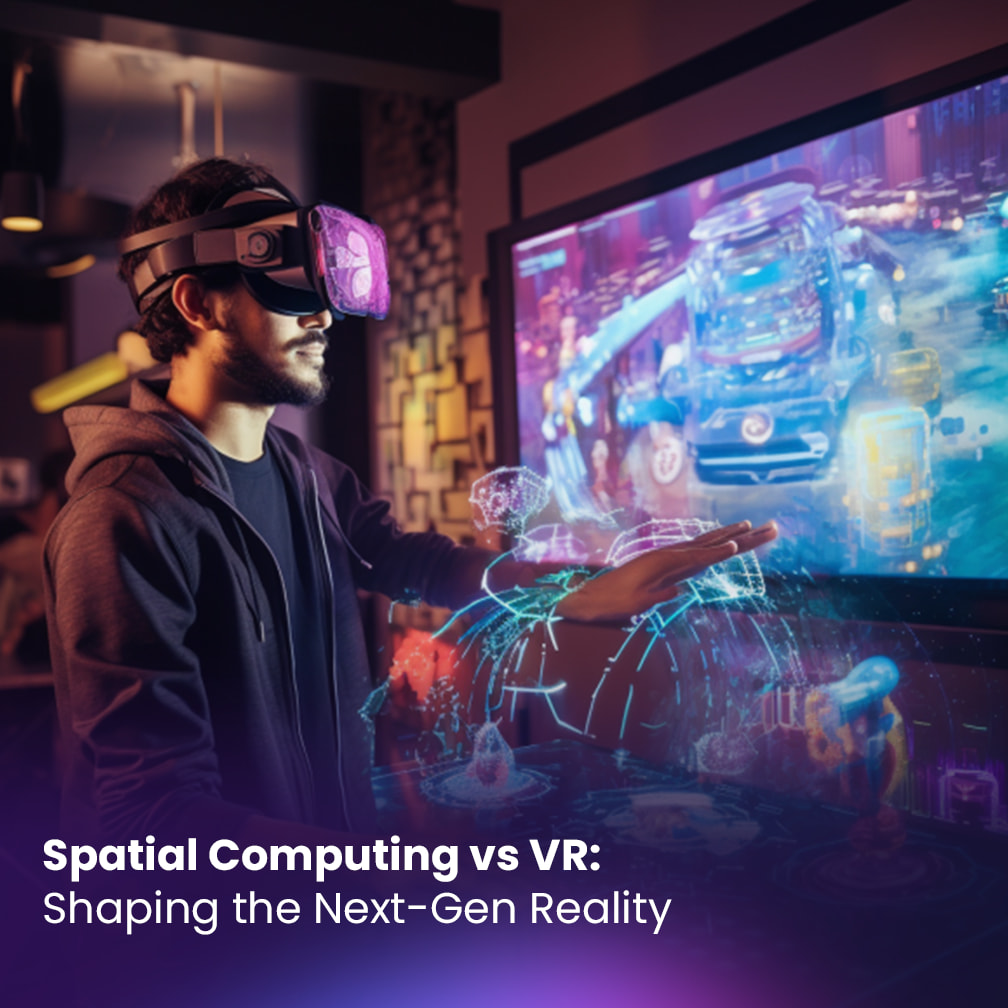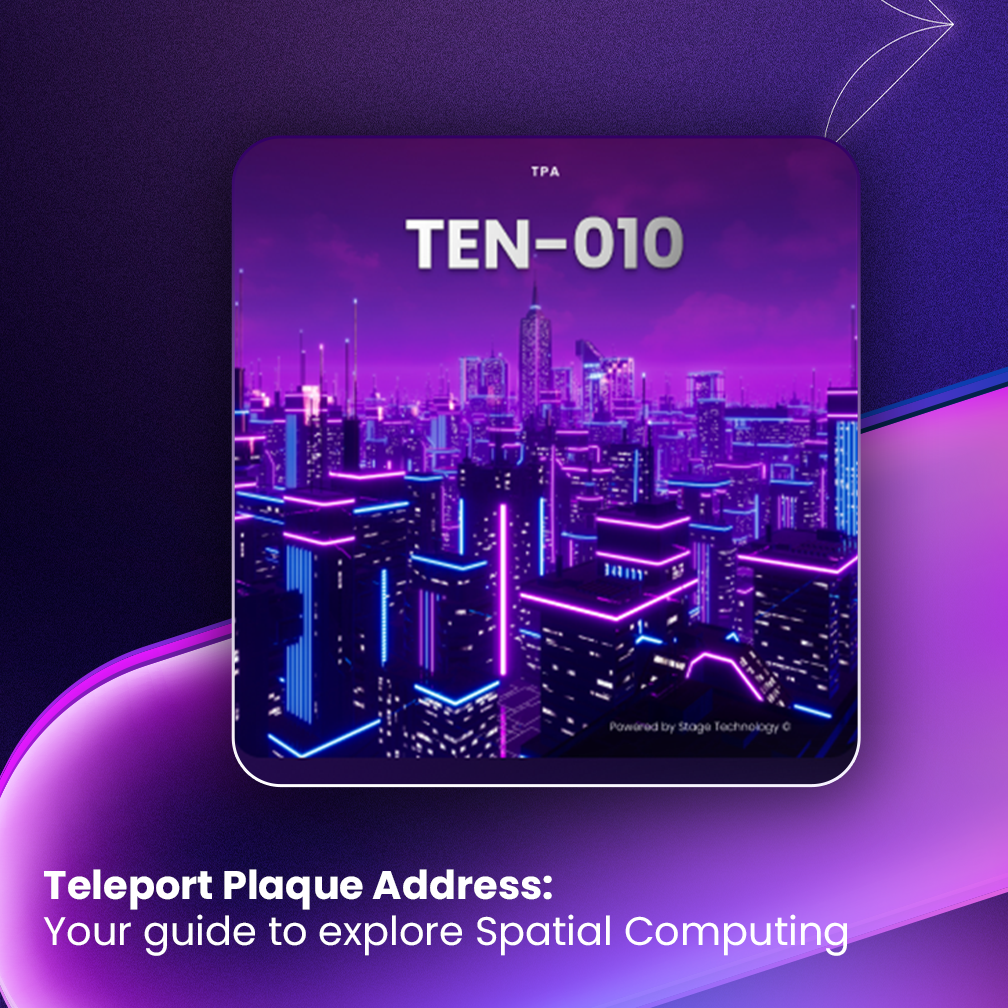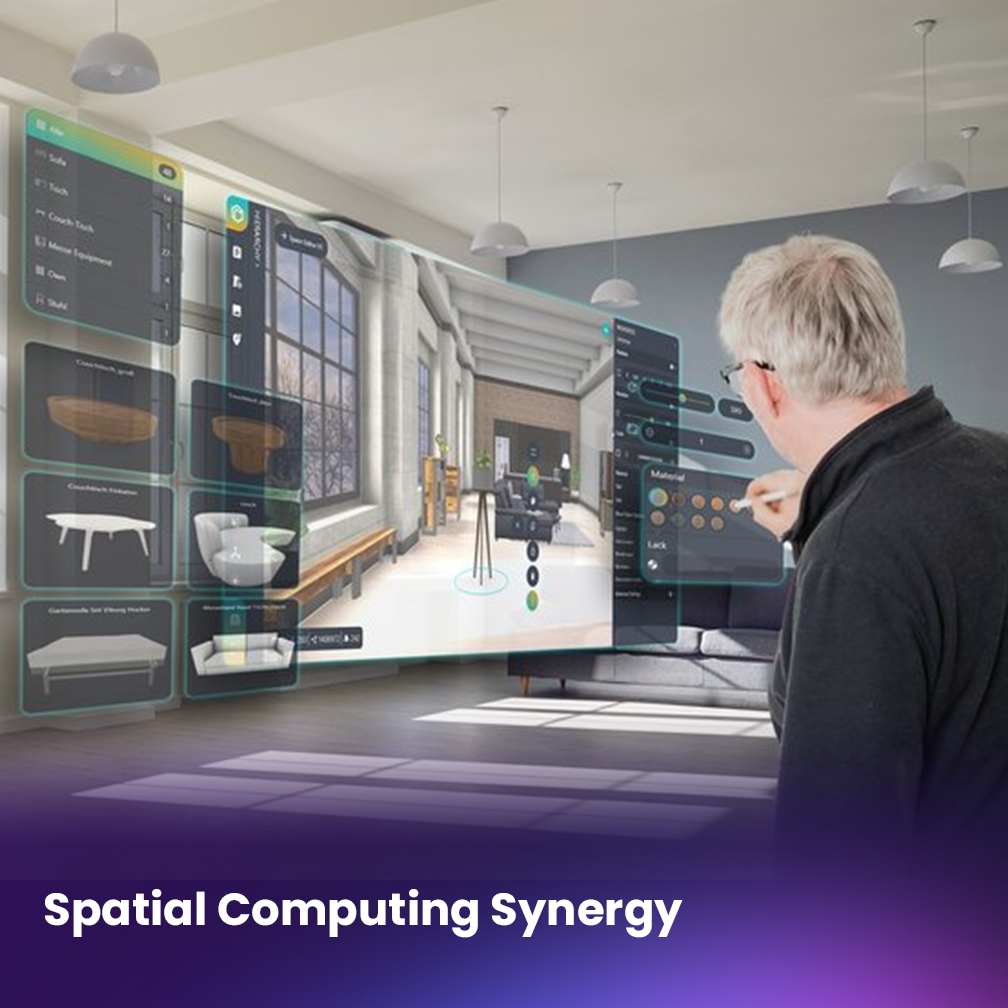AI: The Brain Behind the Spatial Computing Revolution
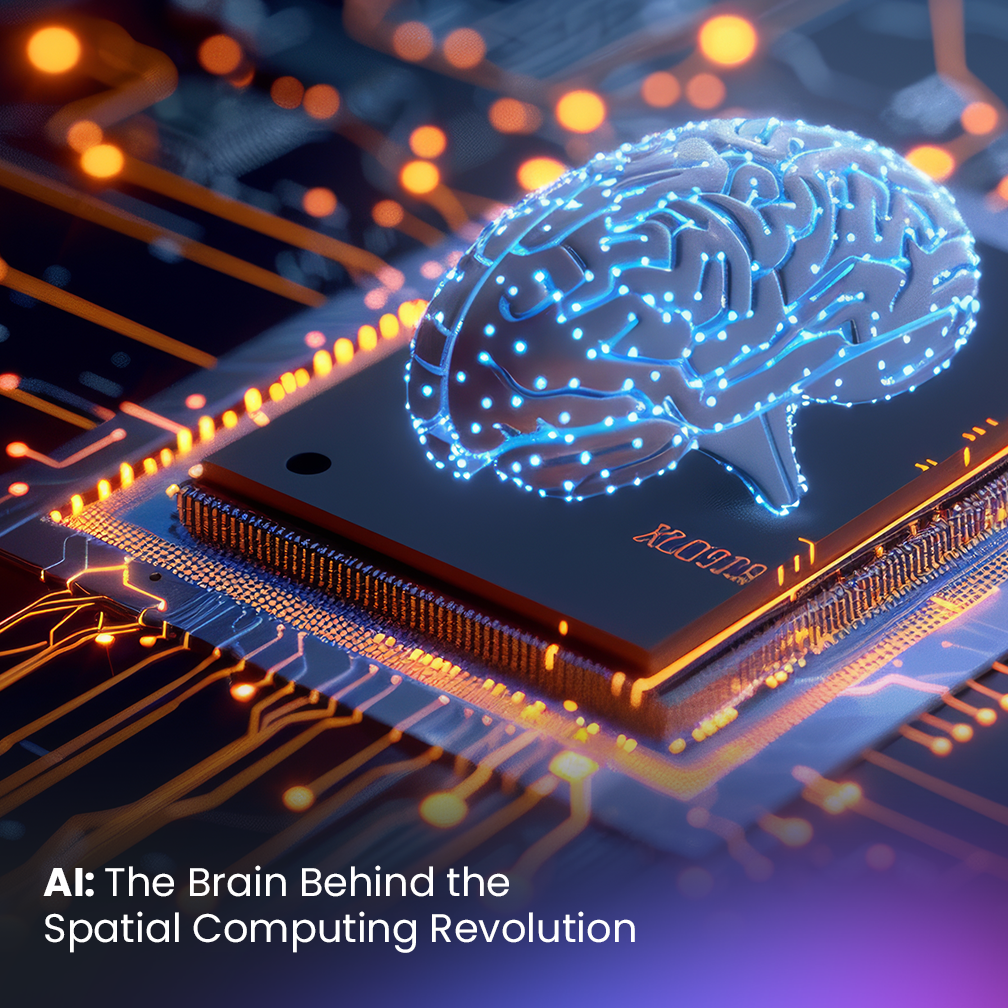
Spatial computing, the technology that blends digital content with the physical world, is poised to revolutionize how we interact with technology. At the heart of this transformation lies artificial intelligence (AI), the driving force behind many of the groundbreaking advancements in this field.
Table of contents
Understanding Spatial Computing
Spatial computing refers to the use of technology to create immersive, interactive experiences that seamlessly merge virtual and real-world elements. This involves tracking and mapping physical spaces, understanding user movements, and generating realistic 3D content that adapts to the environment.
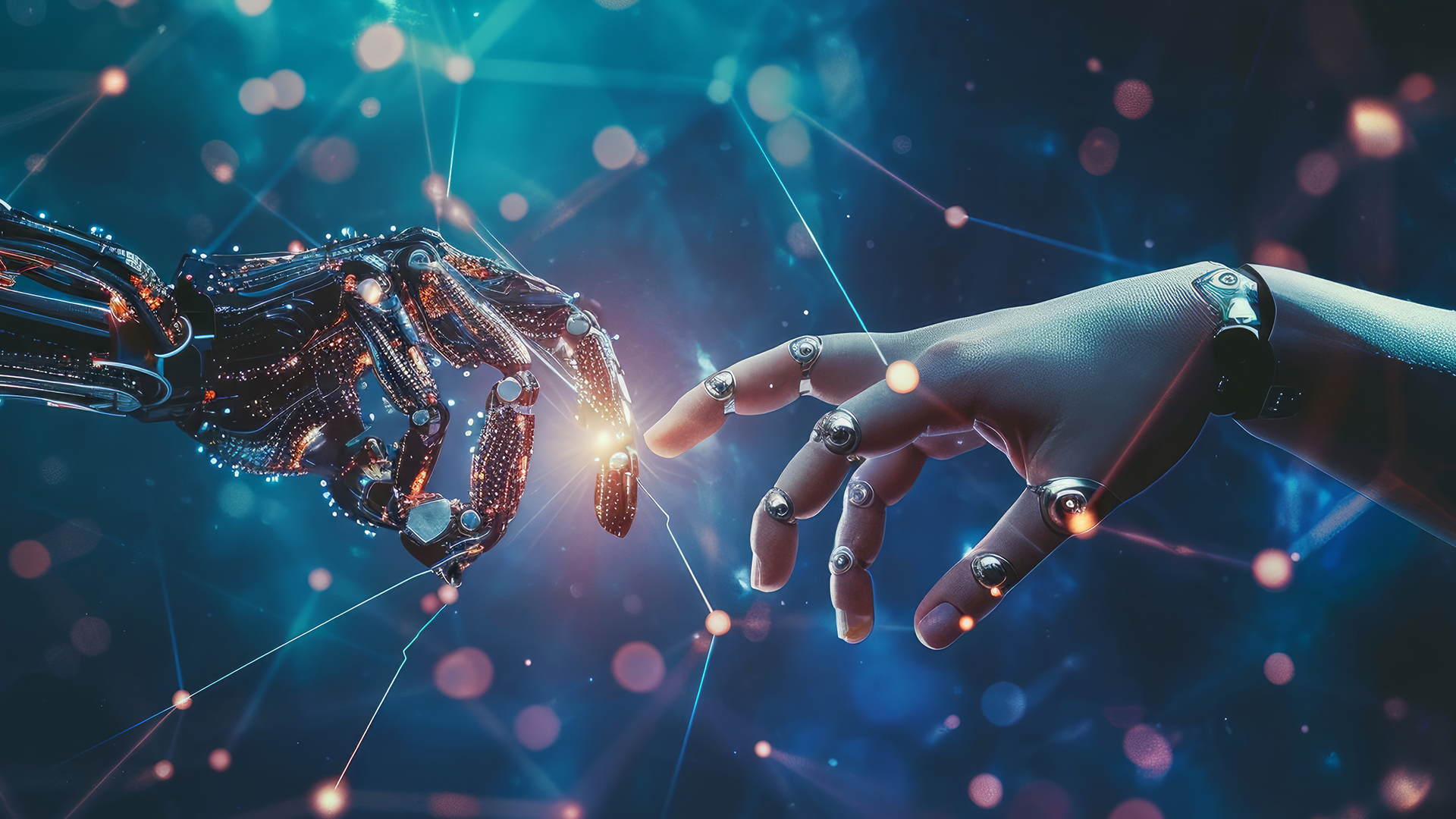
AI’s Role in Spatial Computing
AI plays a pivotal role in several key areas of spatial computing:
- Environment Understanding: AI algorithms process vast amounts of sensor data to create accurate 3D representations of the physical world. This enables devices like augmented reality (AR) glasses to understand the geometry of a room or the position of objects, allowing for precise placement of virtual content.
- Object Recognition and Tracking: AI-powered computer vision enables spatial computing devices to identify and track objects in real time. This is crucial for applications like AR shopping, where virtual products can be superimposed onto real-world items, or in industrial settings, where technicians can receive AR guidance while working on complex machinery.
- Gesture and Voice Recognition: AI algorithms enable spatial computing systems to interpret human gestures and voice commands, providing a more natural and intuitive way to interact with digital content. Imagine controlling a virtual presentation with a wave of your hand or asking your AR glasses for directions.
- Content Creation and Optimization: AI is transforming how we create content for spatial computing experiences. Generative AI models can help artists and designers quickly generate 3D models, textures, and animations, while AI-powered optimization algorithms ensure that these experiences run smoothly on a variety of devices.
- Personalization and Contextualization: AI algorithms can analyze user behavior and preferences to deliver personalized experiences in spatial computing environments. For example, an AR shopping app could recommend products based on your past purchases or browsing history, or a virtual tour guide could adjust its commentary based on your interests.
The Future of AI in Spatial Computing
The potential of AI in spatial computing is vast and still largely untapped. As AI algorithms continue to advance, we can expect even more sophisticated and seamless interactions between humans and machines.
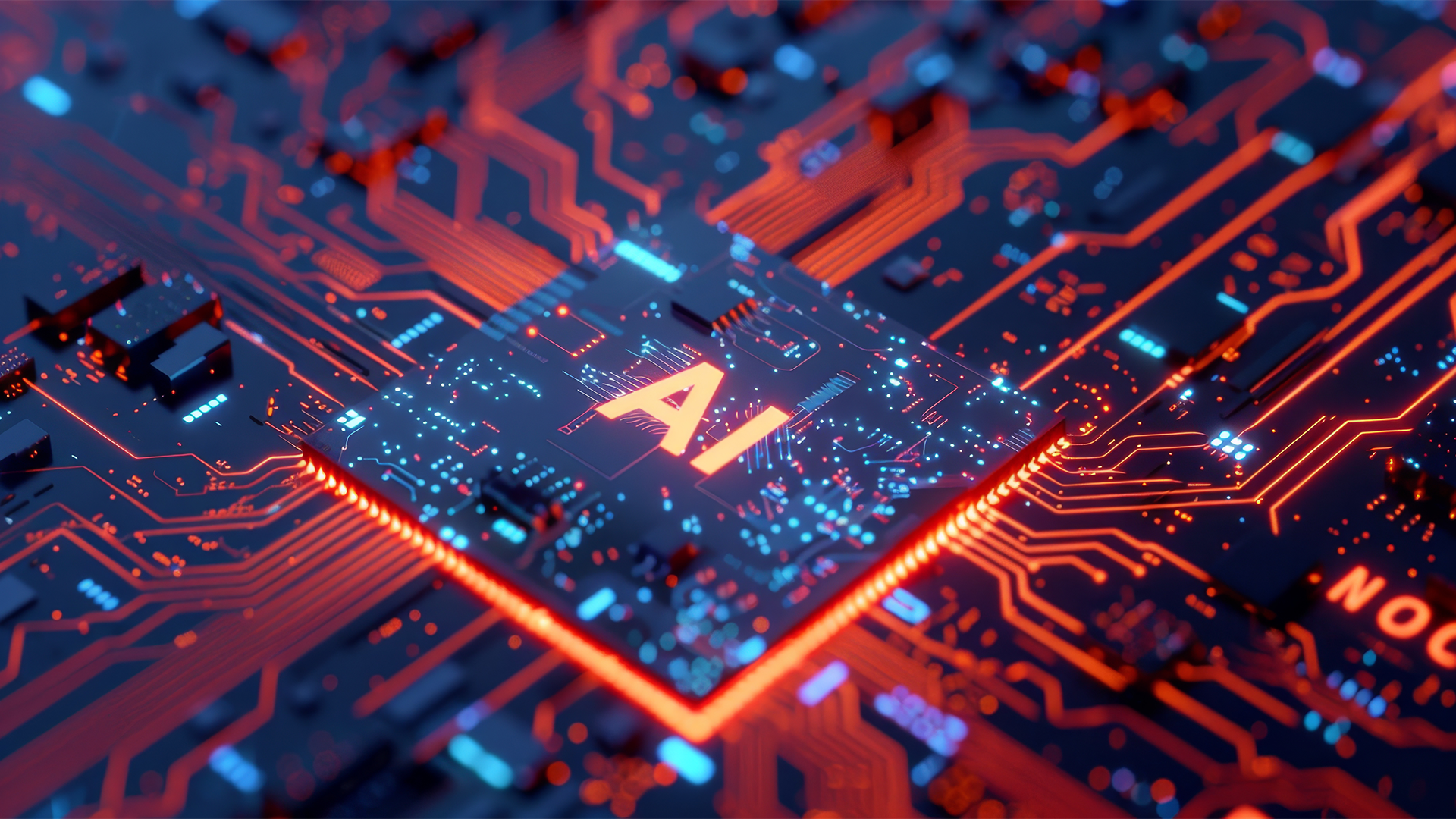
Transforming User Experiences with AI in Spatial Computing
The integration of AI in spatial computing devices is poised to revolutionize user experiences in several ways:
- Intuitive Interaction: AI-powered gesture and voice recognition will make interacting with spatial computing environments more natural and intuitive. Users will be able to control virtual objects and applications with simple hand movements or voice commands, eliminating the need for complex controllers or interfaces.
- Personalized Experiences: AI algorithms will analyze user data and preferences to deliver personalized content and recommendations in real time. This could include tailored shopping suggestions, customized educational content, or personalized virtual assistants that adapt to individual needs and interests.
- Enhanced Accessibility: AI can make spatial computing more accessible to people with disabilities. For example, AI-powered object recognition and scene description could provide audio cues for visually impaired users, while gesture recognition could enable people with limited mobility to interact with virtual environments.
- Real-Time Adaptation: AI algorithms can continuously adapt spatial computing experiences based on real-time user feedback and environmental changes. This could involve adjusting the brightness or contrast of virtual displays based on lighting conditions, or modifying the content of a virtual tour based on the user’s interests and engagement.
- New Forms of Creativity and Expression: AI-powered tools will empower users to create and share their own spatial computing experiences. This could lead to a new wave of user-generated content, from interactive art installations to personalized virtual worlds.
In conclusion, the integration of AI in spatial computing is not just an incremental improvement but a fundamental shift in how we interact with technology. By enabling more intuitive, personalized, and accessible experiences, AI is poised to unlock the full potential of spatial computing and transform the way we live, work, and play.
